So you’ve heard about this “geocaching” thing for a while now, and you’ve finally signed up on Geocaching.com or through the Geocaching® app. You’ve done a search, selected a great cache to find, and now you’re within 30 feet of the cache. So, now what?
Here are ten tips for newbies looking for their first geocache.
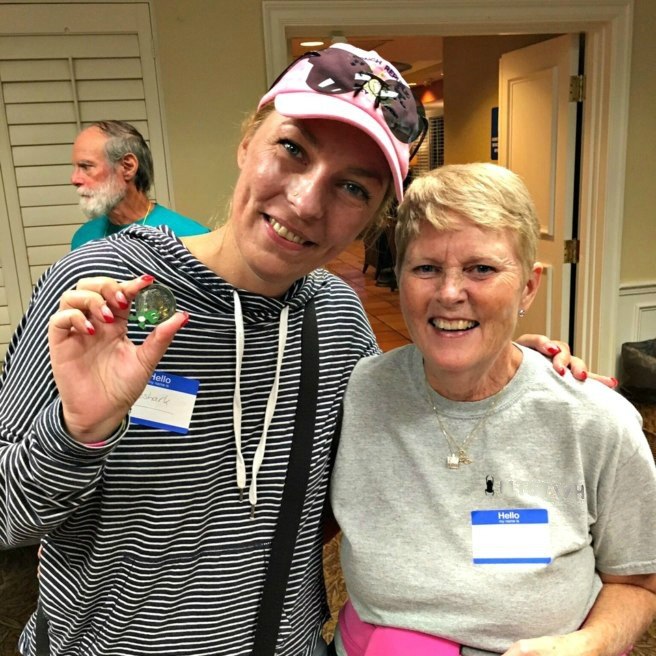
A German geocacher and a Canadian geocacher walked into a geocaching event… well, they actually met at an event, and through a twist of fate, discovered they had something amazing in common.
In 2018, geocachers around the globe will gather together during the weeks of April 21-29 and September 15-23 to pick up trash, remove invasive species, repair trails and earn a prized CITO souvenir. If you’ve never hosted a CITO and you don’t know where to begin, read on! Here are 6 steps to get you started.
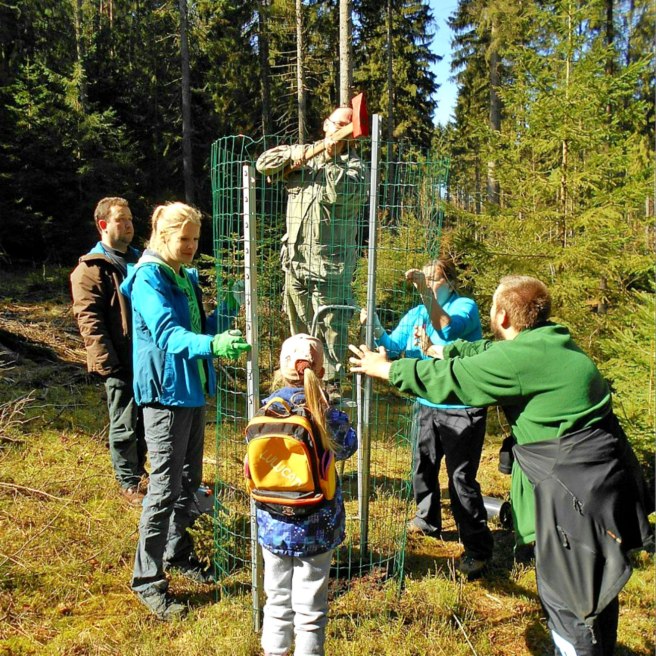
Since your CITO event will result in an improvement to a public space, pick an area that’s important to you and/or that needs special attention. Make sure you have permission to host the CITO from the local land manager. If you are unsure about which location is best, call a local park manager or geocaching organization. They can provide assistance and support in selecting the best location.
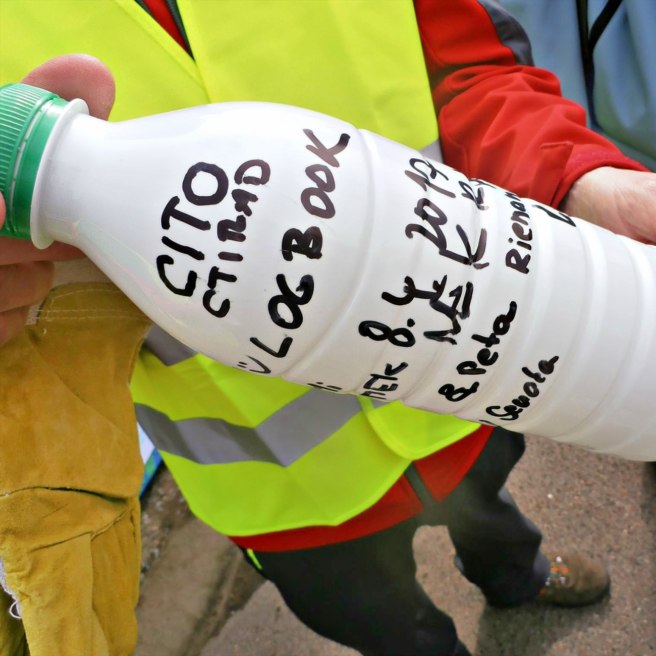
A CITO event should involve geocachers taking part in an activity that produces an environmental improvement to a park or another cache-friendly place. CITO activities have included trash pickups, tree plantings, invasive species removals, and trail maintenance. Need inspiration and direction? Talk to the land manager to find out where volunteers are most needed. See if there are any local environmental organizations already doing volunteer work, with whom you can partner. Call your city’s Parks and Recreation department to find out if any city volunteer initiatives are planned.
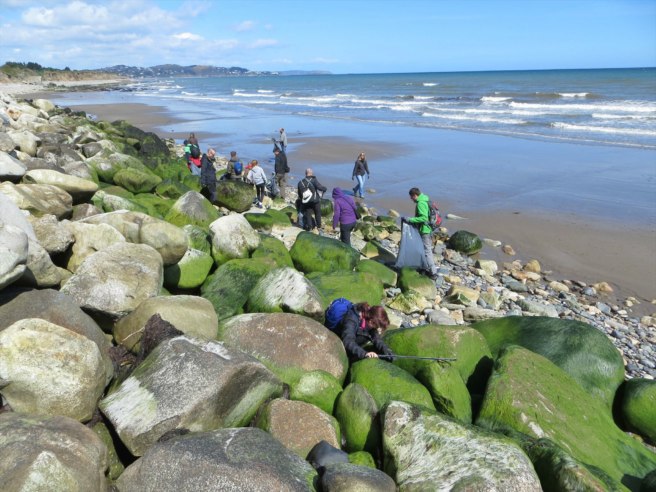
Your CITO event must be submitted at least two weeks before the date of the event. Get your event submitted early and give yourself time to square away any details.
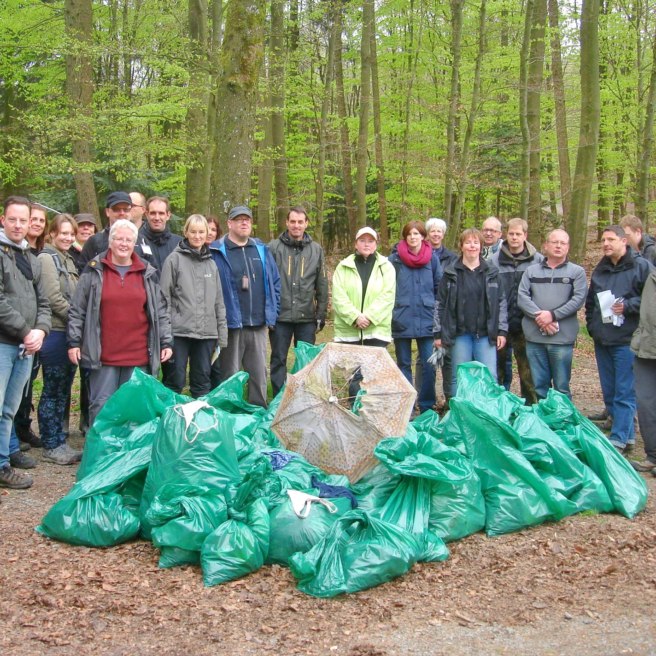
Once you’ve reviewed and submitted your event listing, your local Reviewer will likely publish the event or request changes to it within a week. If you don’t hear from your Reviewer, check to make sure the event listing is actually submitted and enabled. Check to see if the Reviewer has posted any Reviewer notes in the cache logs section. Once you’ve made any necessary changes, review and submit the listing once more. Feel free to ask your Reviewer for advice if you’re struggling with the event listing.
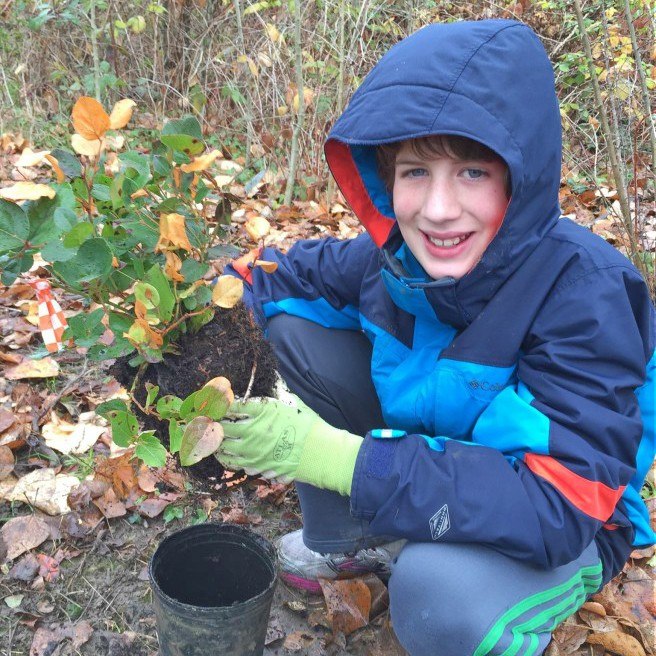
Is there a local geocaching organization you can reach out to, to let them know about your CITO? Maybe there are even some non-geocacher volunteer organizations you could recruit… the more the merrier!
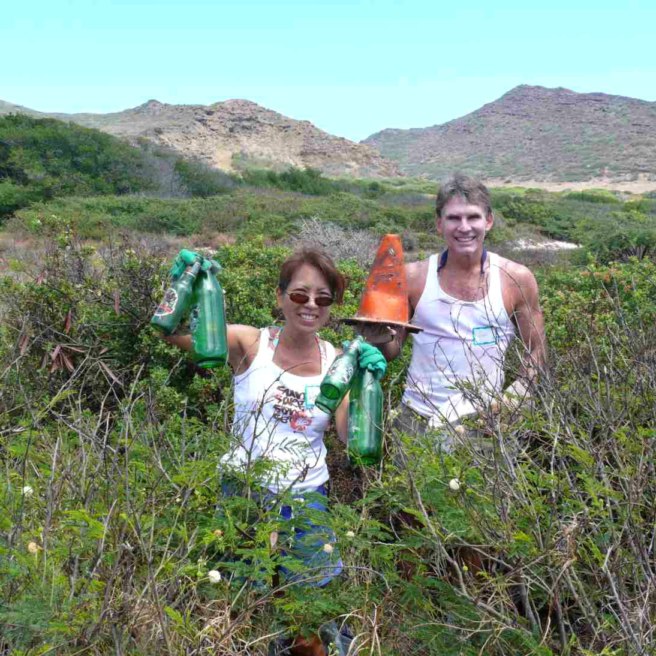
That’s all, folks! Remember: the CITO 2018 souvenir will be available for events during the weeks of April 21-29 and September 15-23, so if you’re planning to host an event that weekend make sure you submit the cache listing at least two weeks in advance, preferably more.
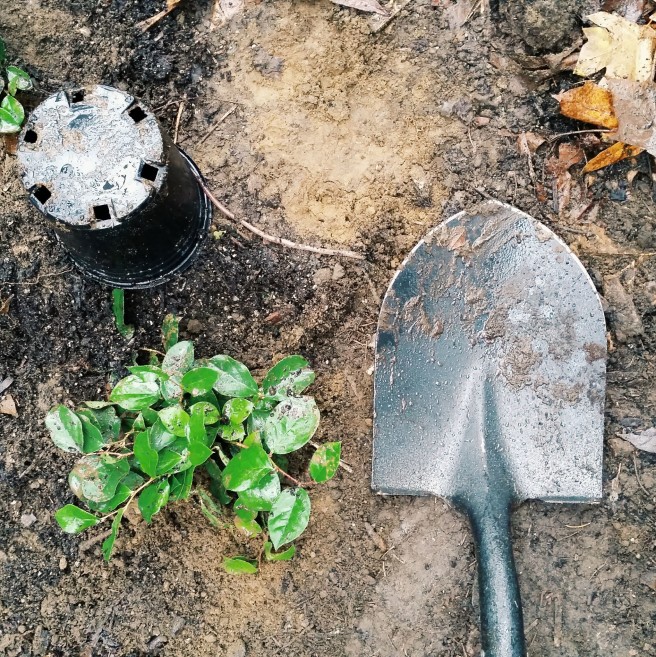
This year’s International EarthCache Day is on October 9, and Geocaching HQ is excited to partner up again with the Geological Society of America to offer a souvenir for finding an EarthCache on that date.
EarthCaches provide an opportunity to learn a geological lesson and visit awe-inspiring geological locations. Visitors can see how our planet has been shaped by geological processes, how we manage its resources and how scientists gather evidence. Typically, to log an EarthCache, you will have to provide answers to questions by observing the geological location.
Thankfully, there is a group of dedicated EarthCache Reviewers who help facilitate this program so that geocachers can enjoy EarthCaches all over the world. Instead of reading a lesson in a book, they see and learn about geological features with their own eyes.
Who are EarthCache Reviewers?
They are community volunteers with scientific backgrounds that work with EarthCache cache owners to develop the best submissions possible. Learn about their story and what they love so much about EarthCaches.
GeoawareCA, Sandra
Sandra has been an EarthCache Reviewer since 2009, making her the longest standing active EarthCache Reviewer. GeoawareCA has a degree in Environmental Science with a focus on physical geography.
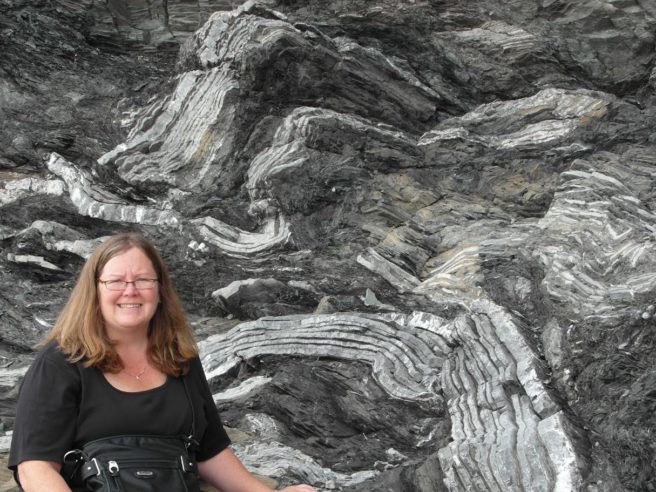
What is your favorite EarthCache?
If I had to pick one as my favorite, I’d have to say Pu’u’ula’ula (Red Hill) Haleakala Volcano Summit (GC18Z99) in Hawaii for its stunning beauty.
Tell us one cool fact we may not know about the Earth.
Contrary to what you may have been taught in school, diamonds do not form from coal. In fact, most diamonds that have been dated are much older than plant life on earth (the source of coal).
Any cool stories to share?
We recently travelled to Iceland and found many incredible EarthCaches there. We climbed to the top of the Eldfell volcano which last erupted in 1973 and warmed our hands by the heat rising out of the fumaroles (GC2EVVH); we visited a couple of locations where you could walk between the continental plates for Europe and North America (GC1Z45X and GC2DK2E); we visited geysir from which the English word geyser is derived (GC1G4XZ); we saw caves carved into columnar basalt and walked along a black sand beach (GC514W0); we swam in geothermally heated pools (GC25643); and we saw many beautiful waterfalls including one we could walk behind (GC2B1TJ). Truly a dream vacation for anyone interested in geology.
GeoAwareNordic3, Mats
Mats is a naturally curious Swede that has been hooked on EarthCaches since the first one he found. His interest in science and especially earth science make him an awesome EarthCache Reviewer with the most logged EarthCaches in Sweden!
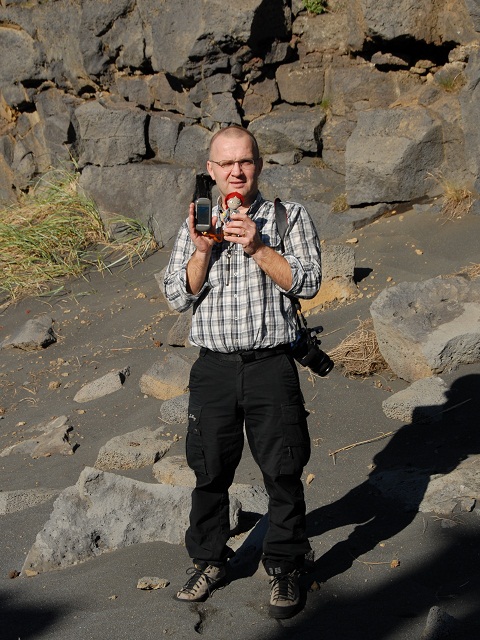
What is your favorite EarthCache?
MIDLINA — GC2DK2E, an amazing place to see and get the grasp of.
The Greatest Little Mine in the World—GC1W9TC, an old mine in Sweden where at least 8 of the chemical elements were discovered.
Der Alte Schwede—GC1M15Z, an early EC:s for us, a big stone from Sweden.
Dinosaurier-Spuren Barkhausen —GC18P1C, imagine, dinosaur track!
West Sulphur Mountain Oil Spring—GC1A5E2, a natural oil-river.
Tell us one cool fact we may not know about the Earth.
Earth has an equatorial bulge at 42km. This means when standing on the equator at sea level you are 21km higher than when standing on either pole. As a result of this, the summit of Chimborazo, a mountain in Ecuador, is the place where you are closest to space, still standing on Earth! This is also the point on earth farthest away from the Earth’s core.
Any cool stories to share?
My brother and I used to take EarthCache weekends once or twice a year when we drove around Sweden and logged as many EarthCaches as we could. 30+ EarthCaches is our record for a weekend.
GeoawareUSA4, Mike
Mike is an Alaskan with a degree in Chemical Engineering and strong interest in geology and earth science.He still vividly remembers walking backwards in time more than one billion years during his first hike to the bottom of the Grand Canyon when he was 10 years old. In 2010, he joined the Community Volunteer team as the Reviewer for Alaska and now as an EarthCache Reviewer.

What is your favorite EarthCache?
Having completed nearly 300 EarthCaches, it is difficult to pin down a single favorite. However, some highlights include “Umpire Rock,” GC1G4W0, where an urban EarthCache teaches a glaciology lesson in New York City’s Central Park, “Cabo da Roca – DP/EC33,” GC1HGAY, and many other EarthCaches along Portugal’s west coast developed by danieloliveira, which brought the local landscape alive for me during a tour with the EarthCache developer himself, and “Ape Cave,” GCZ8ZQ, which took me about a mile through a lava tube on the flank of Mount St. Helens. Yellowstone National Park has several dozen EarthCaches of which I’ve completed 27 during 2 visits, which greatly enhanced my experience to one of the most amazing “living” geology locations in the world.
Tell us one cool fact we may not know about the Earth.
As a result of melting glaciers retreating from areas long-covered by ice, many parts of Alaska are “rebounding,” which means they are increasing in elevation.
Any cool stories to share?
My brother and two nephews accompanied me on my first visit to Yellowstone National Park in 2013. After visiting “No Finger Painting Allowed,” GC1ZTH2, and watching the many mud pots burp and gurgle while we inhaled sulfur-laden fumes, my youngest nephew exclaimed “this place is disgustingly awesome!” Having a youngster think anything in a natural setting is “awesome,” is, well, “awesome!”
There are currently 24,271 active EarthCaches in the world. Have you ever found an EarthCache? Tell us about your experiences in the comments below!